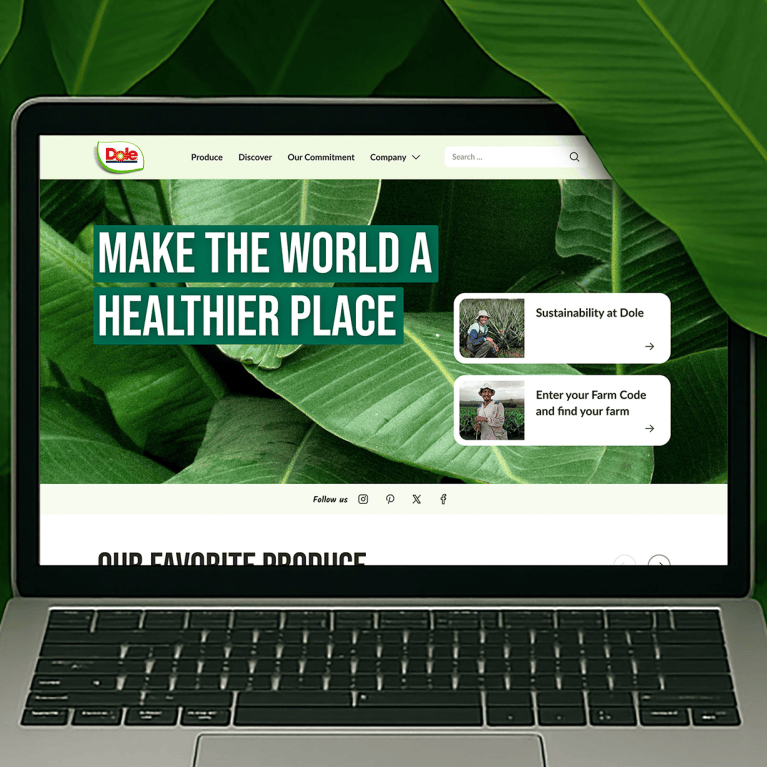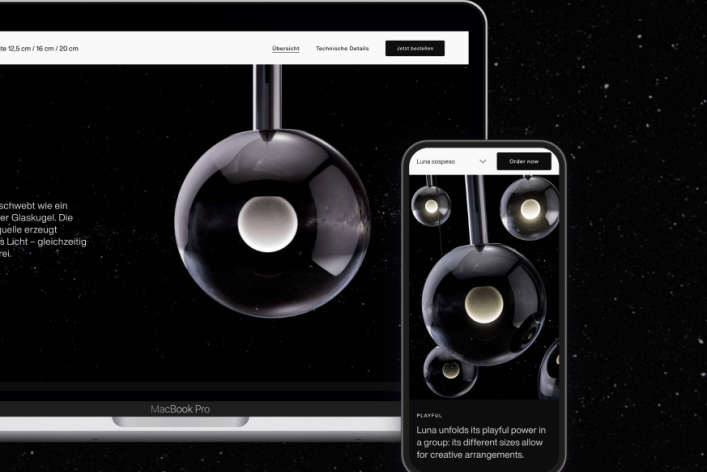10,000 pages. 9 languages. 1 week.
That’s how global content is done at Dole.
Client: Dole | www.dole.com
Quality and quantity – A contradiction (or not)?
From the outset, Dole has centered around a simple yet powerful principle: quality, quality, quality. What started with a clear mission has developed into a global success story. Today, Dole is one of the leading companies in the fresh fruit and vegetable sector — active in numerous markets and with a broad product range.
However, this very international presence comes with its own set of challenges: How can you ensure that brand messages in multiple countries and languages are not only understandable but also consistent and easily accessible?
Sustainable. Translated.
For Dole, sustainability is not just a buzzword; it’s a core value in action. From farm to table, the company has a clear goal: to produce food that is not only healthy but also beneficial for the planet. Resource conservation, environmental protection, and responsibility toward employees are part of the brand’s DNA. Yet, this is precisely where a contradiction emerged: translation management remained a manual process — time-consuming.
Over 10,000 pages of content regularly had to be translated into up to 9 languages — involving extensive copy-pasting, unclear responsibilities, and significant effort. A process that was neither scalable nor aligned with the company’s own sustainability goals.
To stay competitive in a modern, global environment—and integrate agility, efficiency, and sustainability—it became clear: Dole needed a solution that reimagines translation. One that is automated, consistent, and resource-efficient.
Our goal was to transform a complex, manual translation process into a modern streamlined automated workflow — without additional licensing costs but with maximum impact.
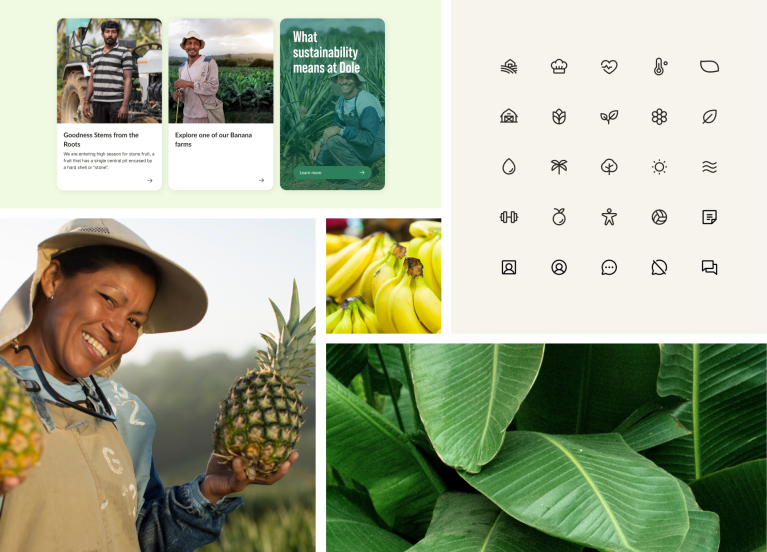
The key questions we asked ourselves:
- Which manual processes are the most resource-intensive, and how can they be standardized?
- Where are the major bottlenecks in the existing workflow?
- What are the requirements of the marketing teams in each country?
- How can the process be automated in a way that ensures quality and consistency?
- Which solutions are compatible with the existing technical infrastructure?
- What is scalable in the long term — without licensing costs but with high efficiency?
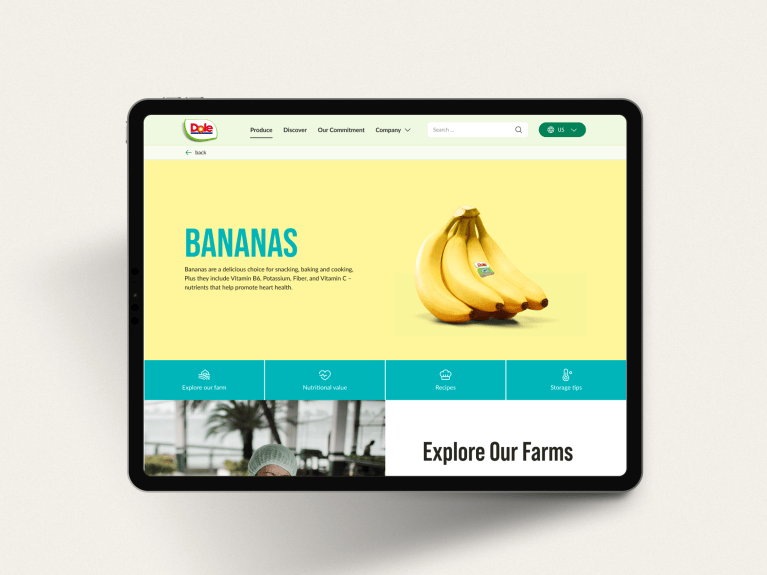
Together with Dole, we chose a solution that combines three key components:
Centralized translation directly in the CMS.
It brings all translation processes together in one place — no switching back and forth between tools, no media disruptions.
Automation at the highest
level.
By integrating with DeepL, content is automatically translated — quickly and with impressive linguistic quality.
Intelligence for large volumes of data.
To efficiently process thousands of pages, we developed a custom feature that enables bulk translations at the push of a button — without having to trigger each article individually.
Numbers everyone loves.
The combination of automated translation management, DeepL, and the custom-developed batch feature delivers clear, measurable results:
10K+ Translations
10K+ pages in 7 days. Automated translation management that scales, saves time, and ensures quality.
Translation management
Multilingual rollout with minimal effort and maximum consistency.
Fast Content Delivery
Cut down multilingual processing times dramatically.
Global Consistency
Content stays accurate, aligned, and consistent across all languages and markets.
Time won
Automation reduces workload — teams focus on what matters.
Built to Scale
Seamless onboarding of new languages and future requirements.
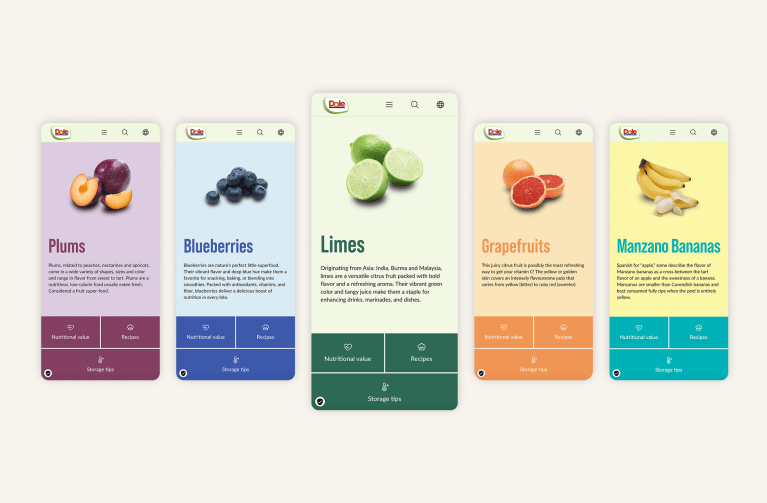
Conclusion:
What used to be a manual labor-intensive task is now a streamlined, automated process — integrated, scalable, and embedded directly in the CMS.
The combination of AI-powered translation, intelligent workflows, and targeted quality assurance demonstrates how global communication works today: fast. Resource-efficient. Consistent. With distributed teams, country-specific requirements, and high content volumes, standard solutions are no longer enough.
What is needed is an automated translation management system that understands, optimizes, and seamlessly integrates individual processes. A system that lightens the load — not just in implementation but throughout the entire process. So that teams can focus on content, not translation lists.
The best answers start with smart questions
You can only get what you need if you know exactly what you need. Our specialists will support you with their experience and expertise in requirements engineering. This ensures that we really understand your requirements and can put them into practice.
